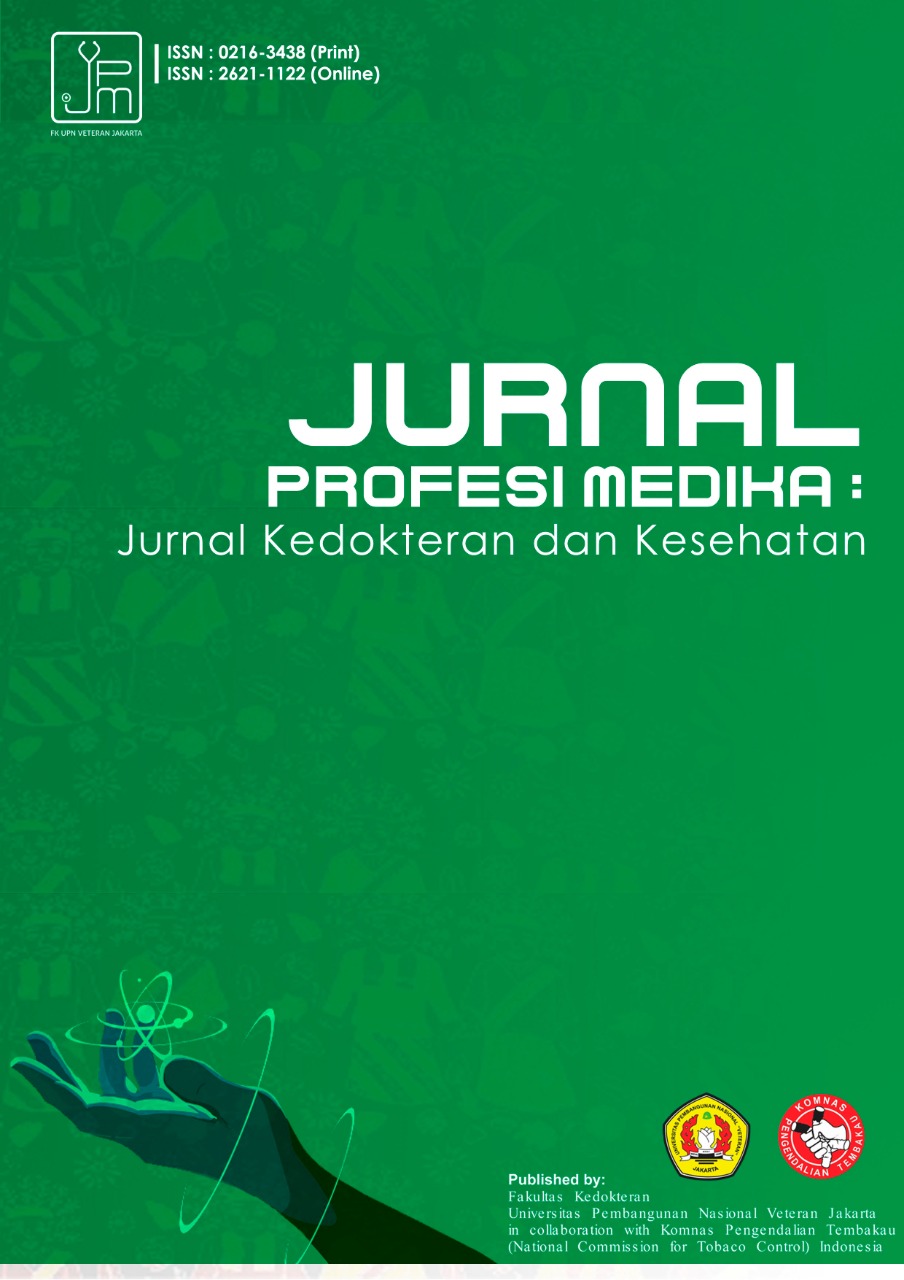Assessment of the Relation Between Red Cell Distribution Width and Atrial Fibrillation in Type-2 Diabetic Patiens
DOI:
https://doi.org/10.33533/jpm.v17i2.6571Keywords:
Atrial fibrillation, Diabetes mellitus type-2, Red cell distribution widthAbstract
We aimed to investigate the level of red cell distribution width (RDW), in type-2 diabetic patients with atrial fibrillation. Patients aged 18 to 80 years old who were admitted to the internal medicine and cardiology outpatient clinics were enrolled. The data of the patient were retrospectively scanned from hospital database. 105 people were included in the study as 63 patients with diabetes mellitus and atrial fibrillation and 42 patients with diabetes mellitus and no atrial fibrillation. It was found that the age factor was statistically significant in men, women, and all patients between the groups, and Hb, hba1c, and LDL were statistically significant in men and all patients. The level of RDW is investigated in 2 groups of diabetic patients with and without atrial fibrillation. However, there was no significant difference between the two groups.
References
[1]. Pathophysiology of Type 2 Diabetes and Its Treatment Policy JMAJ 2010; 53(1): 41–46
[2]. International Diabetes Federation. IDF Diabetes Atlas, 7th edn. 2015.
[3]. GBD 2015 Disease and Injury Incidence and Prevalence Collaborators. Global, regional, and national incidence, prevalence, and years lived with disability for 310 diseases and injuries, 1990– 2015: a systematic analysis for the Global Burden of Disease Study 2015. Lancet 2016; 388: 1545–602.
[4]. C. J. Ostgren, J. Merlo, L. Rastam, U. Lindblad. Skaraborg Hypertension and Diabetes Project, “Atrial fibrillation and its association with type 2 diabetes and hypertension in a Swedish community,” Diabetes, Obesity & Metabolism.2004; 6 (5) : 367–374.
[5]. Thrall G, Lane D, Carroll D, Lip GY. Quality of life in patients with atrial fibrillation: A systematic review. Am J Med. 2006; 119:448.
[6]. Wang TJ, Larson MG, Levy D, Vasan RS, Leip EP, Wolf PA et all. Temporal relations of atrial fibrillation and congestive heart failure and their joint influence on mortality: The framingham heart study. Circulation. 2003; 107:2920–2925.
[7]. Chugh S.S, Havmoeller R, Narayanan K , Singh D , Rienstra M , Benjamin E.J , et al. Worldwide Epidemiology of Atrial Fibrillation: A Global Burden of Disease 2010 Study. Circulation. 2014; 129(8): 837–847.
[8]. Otani K, Takeuchi M, Kaku K, Haruki N,Yoshitani H,Tamura M et al. Impact of diastolic dysfunction grade on left atrial mechanics assessed by two-dimensional speckle tracking echocardiography. J Am Soc Echocardiogr. 2010; 9 :961-7
[9]. Kato T, Yamashita T, Sekiguchi A, Sagara K, Takamura M, Takata S, et al. What are arrhythmogenic substrates in diabetic rat atria? J Cardiovasc Electrophysiol. 2006;17:890–894
[10]. K. Clarke, R. Sagunarthy, S. Kansal, “RDW as an additional marker in inflammatory bowel disease/undifferentiated colitis.” Digestive Diseases and Sciences. 2008; 9: 2521-3
[11]. Lippi G, Pavesi F, Bardi M, Pipitone S . Lack of harmonization of red blood cell distribution width (RDW). Evaluation of four hematological analyzers. Clin Biochem 2014;47:1100
[12]. Shao Q, Korantzopoulos P, Letsas K.P, Tse.G, Hong J, Li.G,et al. Red blood cell distribution width as a predictor of atrial fibrillation . J Clin Lab Anal. 2018;32
[13]. Eryd S.A , Borné Y, Melander O, Persson M, Smith JG, Hedblad B et al. Red blood cell distribution width is associated with incidence of atrial fibrillation. J Intern Med. 2014; 275(1):84-92
[14]. Cerşit S, Kalçik M. , Öcal L, Bayam E. Association between atrial fibrillation and red cell distribution width in patients with acute coronary syndrome. Medeniyet Medical Journal 2018;33(2):89-93
Downloads
Published
How to Cite
Issue
Section
Categories
License
Copyright (c) 2023 Jurnal Profesi Medika : Jurnal Kedokteran dan Kesehatan

This work is licensed under a Creative Commons Attribution-NonCommercial 4.0 International License.
Copyright Notice
All articles submitted by the author and published in the Jurnal Profesi Medika : Jurnal Kedokteran dan Kesehatan, are fully copyrighted by the publication of Jurnal Profesi Medika : Jurnal Kedokteran dan Kesehatan under the Creative Commons Attribution-NonCommercial 4.0 International License by technically filling out the copyright transfer agreement and sending it to the publisher
Note :
The author can include in separate contractual arrangements for the non-exclusive distribution of rich versions of journal publications (for example: posting them to an institutional repository or publishing them in a book), with the acknowledgment of their initial publication in this journal.
Authors are permitted and encouraged to post their work online (for example: in an institutional repository or on their website) before and during the submission process because it can lead to productive exchanges, as well as earlier and more powerful citations of published works. (See Open Access Effects).






